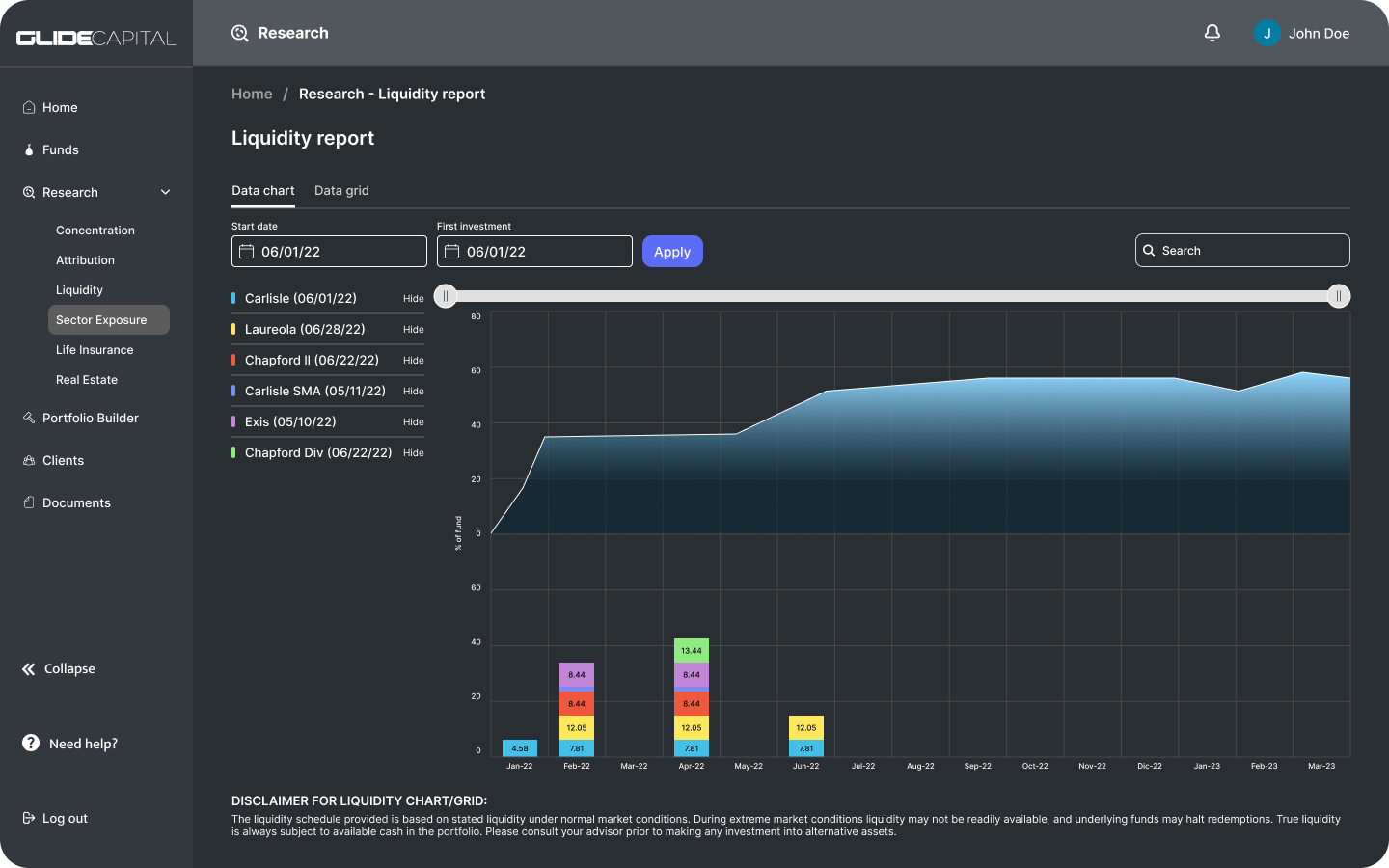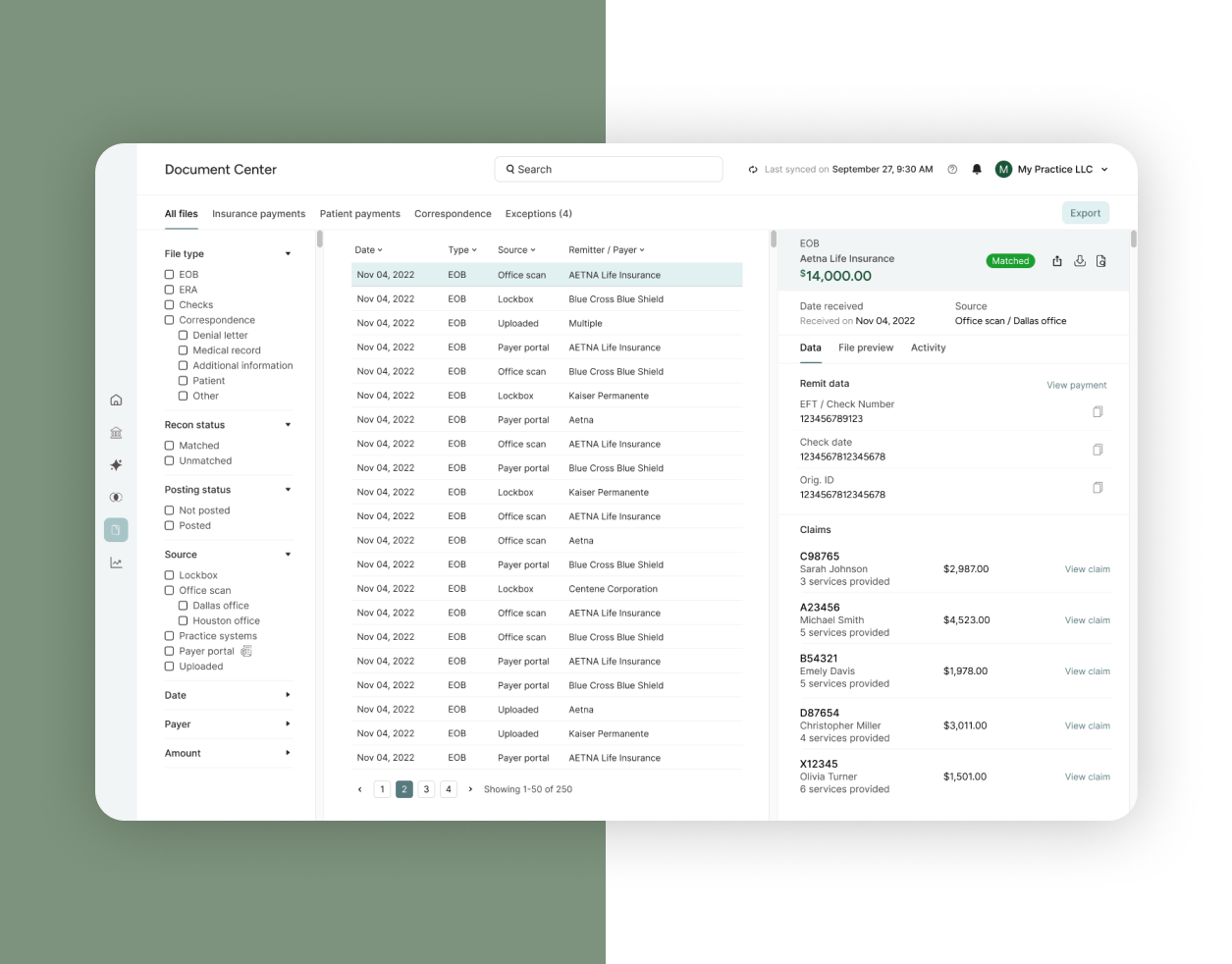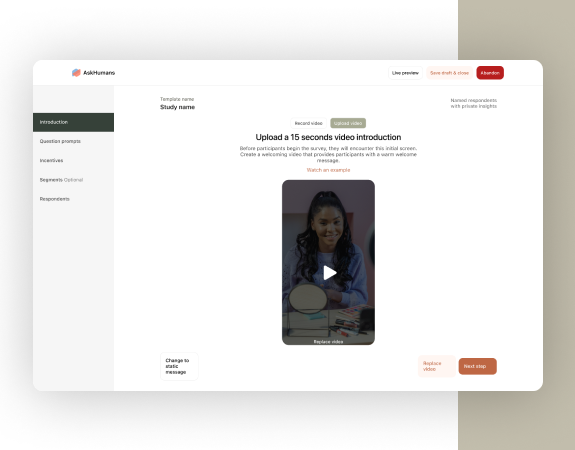In this project, I undertook the role of a product designer tasked with redesigning an established financial portfolio analysis platform. The primary objective was to enhance user experience and functionality through a user-centered design approach. Through comprehensive research and analysis of user needs and behaviors, I identified key pain points and areas for improvement in the existing platform.
The redesign process involved a meticulous examination of content organization and data visualization methods. I implemented design changes that aimed to streamline the user interface, making it more intuitive and user-friendly. By incorporating user feedback and usability testing, I ensured that the redesigned platform met the specific needs of financial professionals and investors.


The project also involved collaborating with cross-functional teams to integrate new features and enhance existing ones. I focused on creating a visually engaging and coherent data visualization system to facilitate easier comprehension of complex financial information. Throughout the design iterations, I maintained a strong emphasis on accessibility, ensuring that users of varying levels of financial expertise could navigate and interpret the data effortlessly.
Research and User-Centered approach
During the research phase of the project, I conducted in-depth interviews with a diverse range of users, including financial professionals, investors, and other stakeholders. These interviews aimed to uncover their pain points, preferences, and specific needs when using the existing financial portfolio analysis platform. Through this qualitative research, I gained valuable insights into user behaviors, motivations, and the challenges they faced while navigating the platform.
To ensure a comprehensive understanding, I also gathered quantitative data through surveys and analytics, analyzing user interactions with the current platform. This data-driven approach helped identify patterns and trends, validating and complementing the qualitative findings from the interviews.
Armed with these insights, I proceeded to create multiple design options for the platform. Each option addressed specific user needs and incorporated potential solutions to the identified pain points. The design alternatives were diverse, exploring variations in layout, information hierarchy, and data visualization techniques.
To evaluate these design options, I conducted usability testing sessions where participants interacted with prototypes of each design. The feedback gathered during these sessions was crucial in determining which design elements resonated most effectively with users. It also helped identify any lingering issues or challenges that needed further refinement.


Iterative testing and refinement became a core component of the design process. Based on user feedback, I refined the designs, sometimes combining elements from different options to create a hybrid solution that best met user preferences and expectations.
The final result was a redesigned financial portfolio analysis platform that not only addressed user pain points but also provided a more efficient and enjoyable experience. The project showcased the successful application of user-centered design principles to bring about meaningful improvements in content organization, data visualization, and overall usability.




